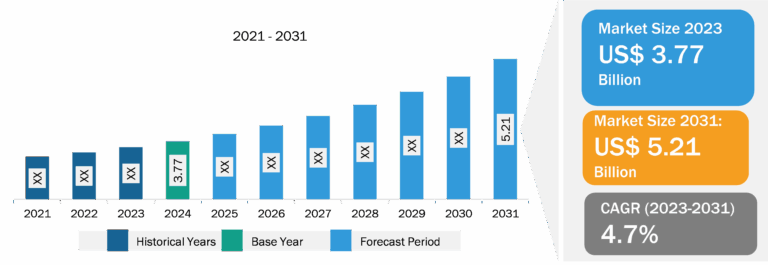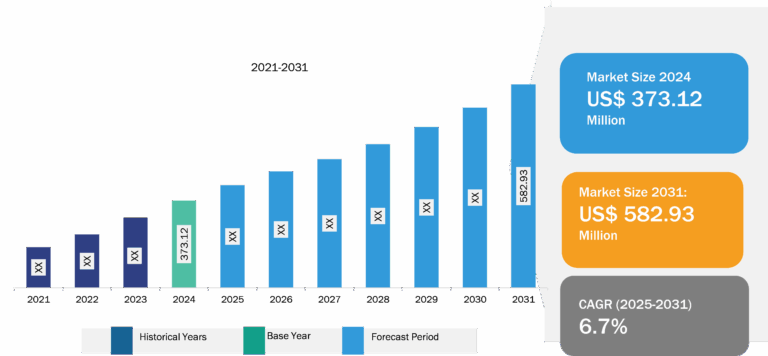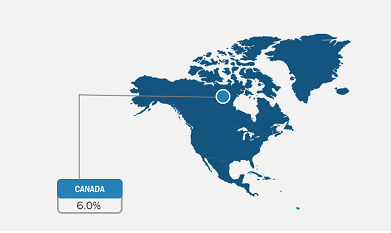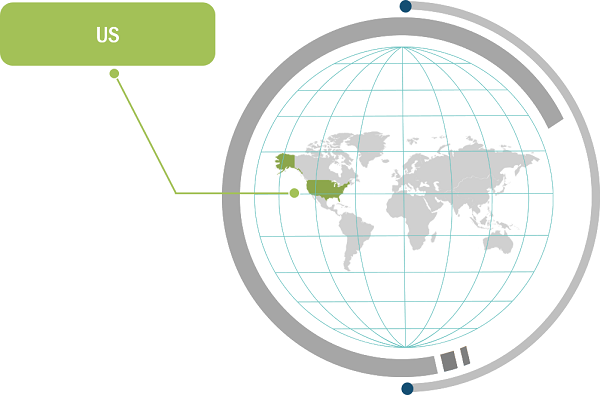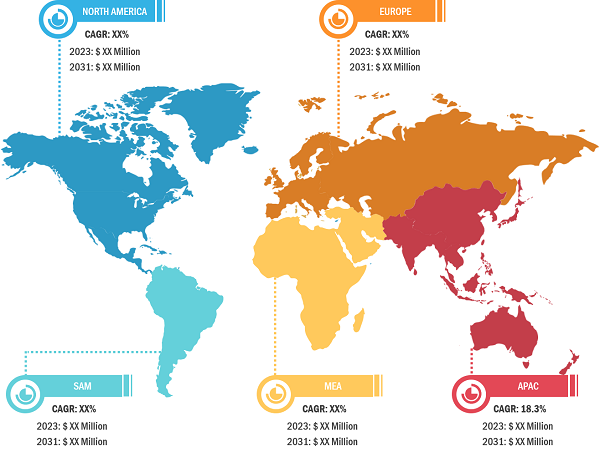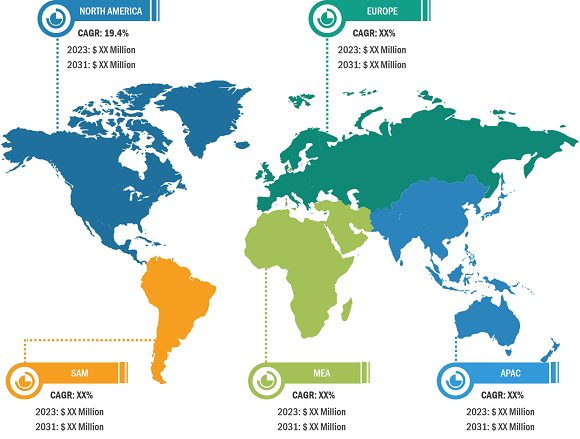
Industrial Networking Solutions Market
Integration of Industrial Internet of Things (IIoT) to Fuel Industrial Networking Solutions Market Growth
The integration of IIoT devices and sensors with industrial networking solutions has a profound impact on the market. It creates a strong demand for advanced networking technologies that can effectively facilitate the connectivity and data exchange requirements of IIoT devices. This includes the need for robust cybersecurity measures, efficient cloud computing capabilities, reliable edge computing infrastructure, and seamless integration with mobile technologies. As the industrial sector increasingly embraces IIoT integration, it is expected that the market for industrial networking solutions will experience substantial growth. In response to this trend, companies such as RS Components are partnering with HMS Networks to expand their product offerings and cater to the evolving needs of the industrial sector. This collaboration aims to deliver a comprehensive range of networking solutions that enable the seamless integration of IIoT devices and sensors, providing customers with an integrated and efficient networking ecosystem. The integration of IIoT devices and sensors with industrial networking solutions not only drives the demand for advanced networking technologies but also fuels the growth of the industrial networking solutions market.
Industrial Networking Solutions Market: Industry Overview
The industrial networking solutions market analysis has been carried out by considering the following segments: component, connectivity, deployment, end-use industry, and geography. In terms of component, the market is segmented into hardware and software & services. Based on connectivity, the market is categorized into wired and wireless. Based on deployment, the market is bifurcated into on-premises and cloud. Based on end-use industry, the market is segmented into automotive, BFSI, manufacturing, telecommunication, logistics & transportation, and others. The market is geographically segmented into North America, Asia Pacific, Europe, the Middle East & Africa, and South America.

Industrial networking solutions encompass a range of products, technical support, and services aimed at providing reliable and efficient connectivity for wired and wireless machine networking applications in industrial settings. These solutions have evolved from Industrial Ethernet to M2M and IoT, driven by the implementation of industrial IoT solutions and the development of network infrastructure.
The industrial networking solutions market in Europe holds a significant position within the global market. Europe is the third-largest market for industrial networking solutions, with Germany leading in industrial networking solutions market share and France experiencing the fastest growth in the region. The market’s growth is primarily driven by the implementation of industrial IoT solutions, which have a positive impact on regional market expansion. The deployment of industrial IoT solutions and the rapid development of network infrastructure are key factors responsible for driving the market in Europe.
The industrial networking solutions market consists of both wired and wireless segments. The wired segment refers to the use of physical cables and Ethernet-based technologies for data transmission within industrial networks. Wired solutions offer reliable, high-speed connectivity and are commonly used in applications where security and stability are crucial, such as in manufacturing plants or critical infrastructure. On the other hand, the wireless segment utilizes wireless technologies such as Wi-Fi, cellular networks, and Bluetooth for data transmission, providing flexibility and mobility within industrial environments. Wireless solutions are particularly beneficial when mobility is required, such as remote monitoring or asset tracking. Both wired and wireless solutions play a vital role in the industrial networking solutions market.
Industrial Networking Solutions Market: Competitive Landscape and Key Developments
The industrial networking solutions market forecast can help stakeholders plan their growth strategies. ABB; Belden Inc.; Cisco Systems, Inc.; Hewlett Packard Enterprise Development LP; Huawei Technologies Co., Ltd.; Moxa Inc.; Nokia; Rockwell Automation, Inc.; Semtech; and Siemens are among the prominent players profiled in the industrial networking solutions market report. The market leaders focus on new product launches, expansion and diversification, and acquisition strategies, which allow them to access prevailing business opportunities. A few developments in the market, as per company press releases, are mentioned below:
- In October 2023, Moxa Inc. was a highlight at SPS 2023, unveiling an innovative portfolio that served as a testament to its leadership in industrial communications and networking. Attendees had the opportunity to explore Moxa’s latest managed switches, next-generation firewalls, and industrial PCs, all engineered with cutting-edge technology to address the complex and evolving needs of the industry. This event marked a significant milestone where Moxa’s innovations were showcased, providing insights into solutions that were not only advanced but also designed to shape the future of industrial networking.
- In July 2022, Belden, a leading global supplier of specialty networking solutions, launched the new Belden Horizon industrial edge solution. This platform meets the fast-growing need for a simpler, seamless, secure, and reliable approach to connect operational systems at the edge, at the same time, maintaining security and communication with the cloud. The Belden Horizon console has the same Secure Remote Access (SRA) and Persistent Data Network (PDN) features as ProSoft Connect; however, it has potential for functions such as edge orchestration, data monitoring, and anomaly detection using short interval data.
- In January 2022, Cisco announced an expansion of the Cisco Catalyst 9000 portfolio, based on the powerful Unified Access Data Plane (UADP) ASIC silicon, to bring more enterprise-grade switching capabilities to the industrial edge for industries operating in harsh environments and supporting critical infrastructure such as utilities, oil and gas, roadways, and rail. Operational connectivity in industrial spaces is growing exponentially as organizations seek to improve efficiencies, employee safety, and business agility and support hybrid work. As the operational world evolves, IT expertise is required to scale and secure the network as operational technology (OT) systems are brought onto the corporate networks.


